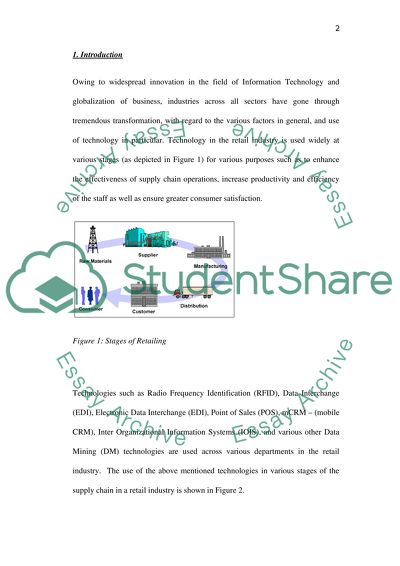Cite this document
(“OPERATIONS MANAGEMENT ASSIGNMENT Essay Example | Topics and Well Written Essays - 3500 words - 1”, n.d.)
OPERATIONS MANAGEMENT ASSIGNMENT Essay Example | Topics and Well Written Essays - 3500 words - 1. Retrieved from https://studentshare.org/miscellaneous/1575603-operations-management-assignment
OPERATIONS MANAGEMENT ASSIGNMENT Essay Example | Topics and Well Written Essays - 3500 words - 1. Retrieved from https://studentshare.org/miscellaneous/1575603-operations-management-assignment
(OPERATIONS MANAGEMENT ASSIGNMENT Essay Example | Topics and Well Written Essays - 3500 Words - 1)
OPERATIONS MANAGEMENT ASSIGNMENT Essay Example | Topics and Well Written Essays - 3500 Words - 1. https://studentshare.org/miscellaneous/1575603-operations-management-assignment.
OPERATIONS MANAGEMENT ASSIGNMENT Essay Example | Topics and Well Written Essays - 3500 Words - 1. https://studentshare.org/miscellaneous/1575603-operations-management-assignment.
“OPERATIONS MANAGEMENT ASSIGNMENT Essay Example | Topics and Well Written Essays - 3500 Words - 1”, n.d. https://studentshare.org/miscellaneous/1575603-operations-management-assignment.


